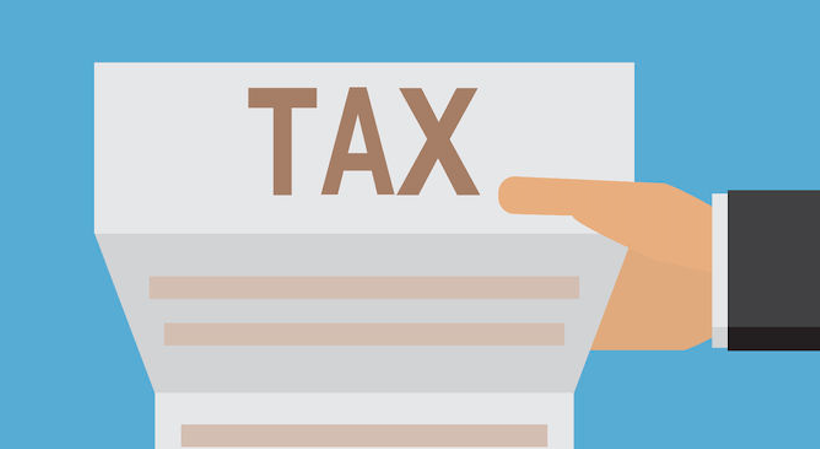The hardest part of self-employment may well be dealing with estimated taxes. Nothing about the system is straightforward, starting with the fact that payments are not due quarterly. They are due on the 15th of April, June, September and January, which are three, two, three, and four months apart, respectively.
It keeps things interesting!
How much do I owe in estimated taxes?
To pay estimated taxes, people who are self-employed are to pay one quarter of what they think they will owe for the year. Payments can be sent electronically through the IRS, and the detailed instructions can be found on the IRS website.
The practical information is this: You will owe money, and you have no idea how much money you will make until the year is closed and all expenses paid. If you underpay, you will have to pay a penalty to the IRS.
The penalty calculation is tricky but is essentially 4 percent of the amount underpaid, adjusted for the amount of time that the underpayment is outstanding.
Related: What You Need to Know About Taxes Before Starting a Business
The bigger issue is that if you owe money, you may have to come up with a lot of cash by April 15, even if you don’t owe a penalty. It can be a shock to have a great year and then get killed by a large tax payment.
The reason that happens is that there’s a difference between the IRS estimated tax calculation for avoiding a penalty and the actual calculation of your taxes. No matter how much money you make this year, the IRS says that you will not have to pay a penalty if you owe less than $1,000 in tax, if you made payments equal to at least 90 percent of what you owe for the current year, or if your estimated tax payments are 100 percent of the amount you owed last year, whichever is smaller. Paying what you owed last year seems sensible, unless this year end up being significantly better.
How do I keep track of my estimated taxes?
If you keep good records (and you should!), you can figure out approximately what you need to pay for each due date by looking at how much income you have after expenses. Multiply it by the rate you paid last year, subtract any payments you already made, and then send in the remaining amount to the IRS. In most cases, this will get you to payments of at least 90 percent of what you owe to avoid April 15 surprises.
Sign Up: Receive the StartupNation newsletter!
A simpler method is to take out 30 percent of each payment you receive, put it in a bank account for taxes, and send the value of the account to the IRS each quarter.
If you find that you have overpaid at year end, put the difference into a retirement account. This method usually results in overpayment and may pinch your cash flow, but it prevents surprises.
One final point: if your state has an income tax, you may have to pay estimated taxes there, too – and the payment schedule may be different. Same if your city has an income tax.
Taxes are the price we pay for living where we do. They are inevitable, but they don’t have to be impossible. If you haven’t been making estimated payments, mark the next due date on your calendar and make an effort to catch up. It will save you a lot of grief.






